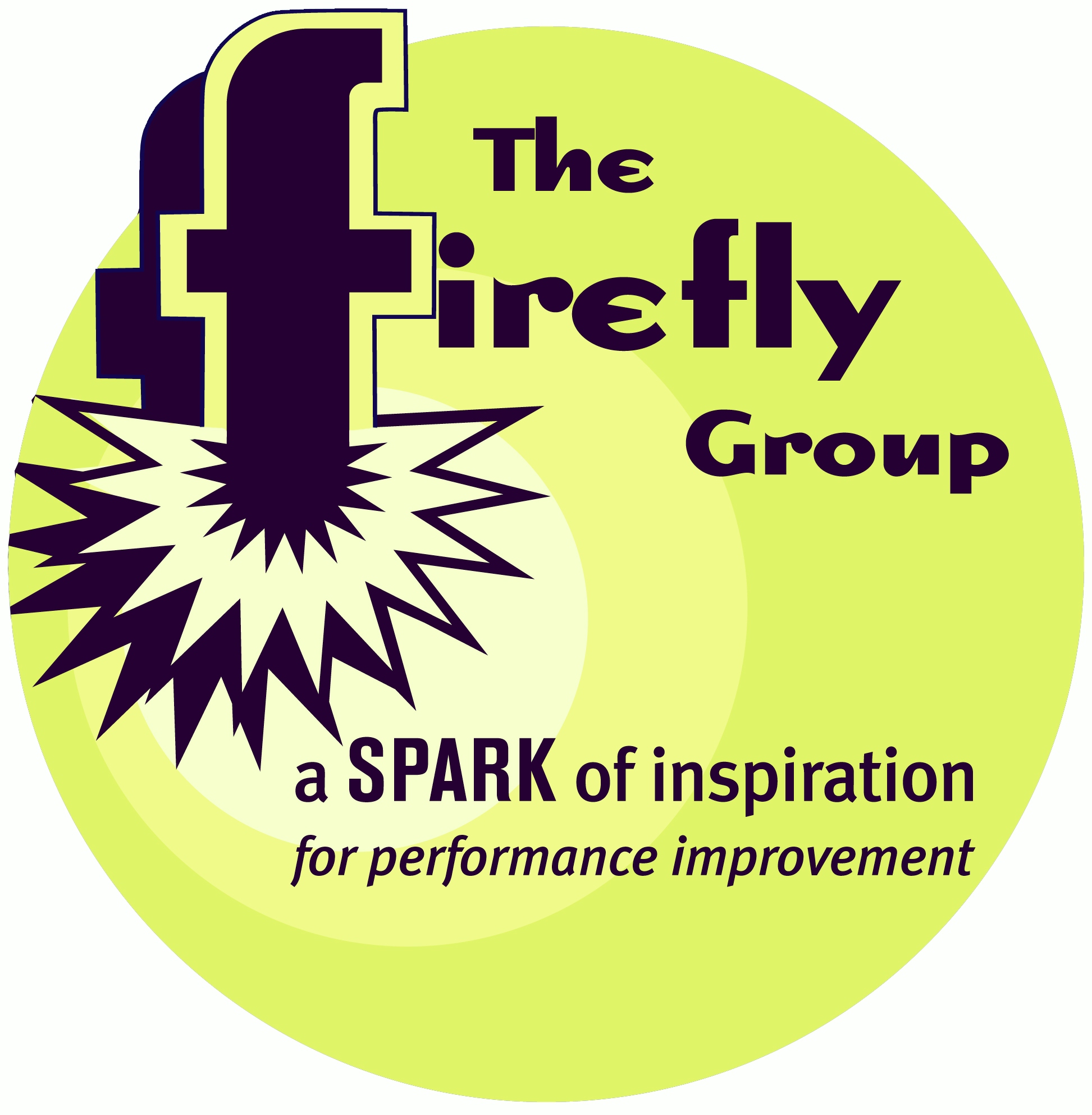

What's New
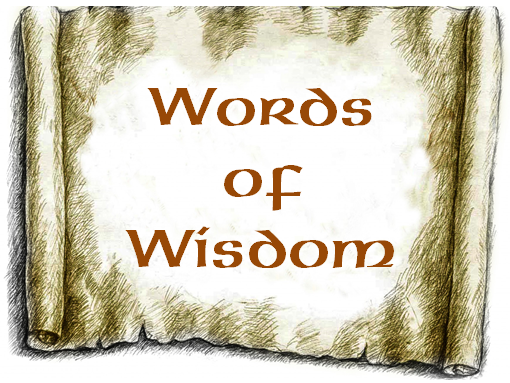
Words of Wisdom
52
cards and 15 activities to spark conversations and make sense of learning.
Learn more HERE.
What We Do
The Firefly Group helps people make sense of what they learn and experience.
Whether facilitating a group for better decision-making, keynoting a conference, leading a training, or writing an instructional design, we use novel methods that engage, spark creativity, and produce memorable results.
 If
this sounds like a good direction for your organization, let's talk about
how we might collaborate! Please give me a call (802.257.7247) or send an
. - Brian
If
this sounds like a good direction for your organization, let's talk about
how we might collaborate! Please give me a call (802.257.7247) or send an
. - Brian
 Your ETR (Estimated Time to Read): 10 minutes Your ETII (Estimated Time to Implement Ideas): 5 weeks |
April 2015
|
Say
It Quick |
Discoveries bits of serendipity to inspire and motivate |
Ideas fuel for your own continuous learning |
Activities tips and tricks you can try today |
| Personal Issues | The Power of Habit | Make a Habit of Change |
For good or bad, habits control much of our behavior. Discover new surprises about the power of habits beginning with this 99-Word Story.
Personal Issues
"Hi," I said to Molly as I rounded the corner of the building. Startled, she answered sheepishly, "Guess you caught me! I was trying to keep it a secret." I didn't know what she meant until I noticed the burning cigarette in her hand.Newly hired, Molly was evidently trying to maintain appearances. She continued apologizing in spite of my reassurances. I suspect she wasn't as concerned that I knew about her habit as she was chagrined to be reminded of it.
What we are least proud of may be what we find most difficult to change.
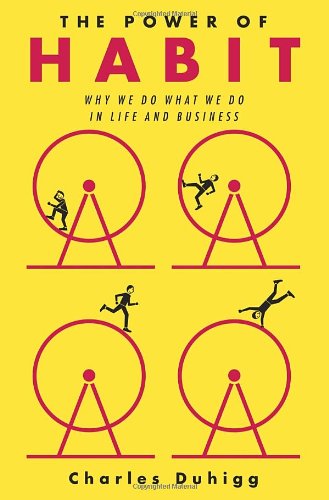 The
Power of Habit
The
Power of Habit
By Charles Duhigg
Habits have a bad rap. When we think of habits, our mind quickly jumps to the type of habit Molly in our 99-Word Story has. Habits are something that we ought to change. Indeed, we associate many unhealthy and harmful behaviors with our inability to stop doing them. By its very nature, a habit is something that is ingrained and difficult to alter.
But in his book, The Power of Habit, Charles Duhigg explains that habits also play a useful function by enabling us to practice healthy behaviors, establish an organization's culture, and even change society.
Duhigg describes the cycle of a habit. It begins with a cue which leads to a set of behaviors or actions to get a reward. Once the pattern is established, the behaviors will kick in with the cue in order to satisfy a craving. Interestingly, the decision-making parts of our brain shift to neutral. When we know what will happen after a certain cue, parts of our brain literally shut down to conserve thinking energy until we get the reward and are ready to look around for the next thing.
Duhigg stretches the conventional understanding of habit to include the data mining of our shopping habits by retailers. He describes how Target uses consumer purchases - sometimes not even with Target - to send customized sales offers to individuals within a household. He shares Starbucks' strategies for instilling problem-solving habits in new employees. And he explains complex social behaviors like the civil rights movement as a combination of habits of friendship, habits of community, and new habits introduced through leadership.
The Power of Habit presents one way to explain why we keep doing things that may be bad for us. By understanding that process, we are better able to hijack the habit cycle with more appropriate actions and use the power of habitual behavior for positive change individually and in organizations.
The Power of Habit by Charles Duhigg, Random House, © 2012, ISBN 978-1-4000-6928-6
The
Weakness of Habit
Charles Duhigg has provided an easy-to-understand explanation for the
persistence of many of our behaviors - especially those that we have the most
difficulty changing. But that simplicity is also my biggest disappointment
with his book, The Power of Habit.
The book places too much emphasis on the inevitability of stimulus and response. You can't eliminate a habit, says Duhigg, you can only change the routine actions that you make after the cue to get the reward. Unfortunately, you are still under the spell of a craving that must be satisfied.
Yet we are all motivated by more than cravings for rewards. Buried in Duhigg's suggestions for change are references to the intrinsic motivators of autonomy, belonging, competence, and destiny. And when we are aware of those motivators, we can use them to counter our automatic responses to a cue.
Autonomy
For example, Duhigg devotes the appendix to a description of how to change a habit. The first step to change (which Duhigg doesn't note but is evident in his examples) is choosing to do something differently. That sense of choice, or autonomy, is internal to each of us. Duhigg does discuss the role of willpower, which connects to our sense of autonomy. He explains that willpower is like a muscle that becomes tired and less effective when stressed. We make poorer choices when our willpower is overtaxed.Belonging
We change for those we know care about us. Our internal desire to belong to a group or be in relationship is incredibly strong. Duhigg explains that one of the best ways to cement the positive behavior routine substituted for an old habit is to be part of a group. A friend at the gym helps establish an exercise routine. A support group helps curb an addiction.Competence
We often are motivated by the chance to share our expertise; to exercise our competence. But if we don't think we have the skill for a task, we probably won't even try it. So it is with habit change. In order to successfully change the routine behavior, we have to believe we can do it.Destiny
Perhaps our strongest internal motivator is our sense of purpose and meaning in life, our sense of destiny. This is reflected in Duhigg's description of "keystone" habits. These habits are so fundamental that changing them results in the change of other unrelated habits. Setting up a fitness routine is a keystone habit for many people. It often results in healthier habits for eating, sleeping, and communication with loved ones - sometimes without the person even realizing it. To me, this is an indication that a successful change in one area activates deeply held aspirations of our life and purpose resulting in new behaviors that are in line with our sense of destiny.
In the face of autonomy, belonging, competence, and destiny, positive habits become more powerful while negative habits show their weakness.
Make
a Habit of Change
Duhigg's book concludes with an easy-to-implement strategy for changing a
habit:
1. Identify the routine actions you want to change - Too much coffee or an extra donut
2. Experiment with rewards - What do you actually get from that coffee? Is it caffeine, a break from work, or something else?
3. Isolate the cue - Consider your location, time of day, emotional state, other people nearby, and the immediately preceding action. Keep notes and experiment to determine what remains consistent across many examples until you can identify the strongest cue.
4. Make a plan - What will you do differently the next time you encounter the cue? How will you tap into your intrinsic motivators of autonomy, belonging, competence, and destiny to create a new habit?
To gain further insight into habits and how to change them, check out these books that have been reviewed in the Firefly News Flash. Be sure to also read the IDEAS section that follows each review. If you use this with your team, you might ask people to work with a partner to study one of the reviews and share highlights with the whole team.
After the list, you'll find a series of discussion questions to encourage new thinking across all the resources. Use them to make a habit of changing bad habits. And when you do, please !
|
Subliminal by Leonard Mlodinow, October 2013 Examines the filtering by our brain stem that helps our upper brain be more efficient |
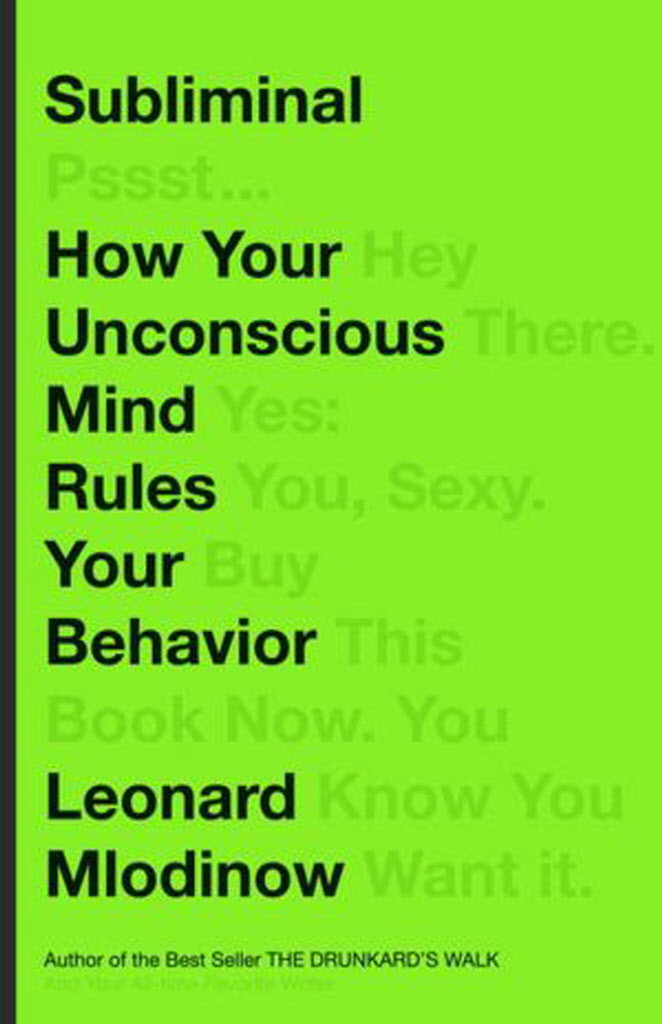 |
|
The Myth of Choice by Ken Greenfield, January 2012 Lists the cultural and situational nature of our decision-making |
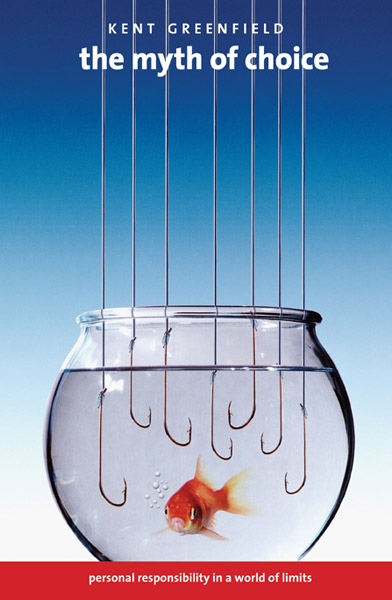 |
|
Change Anything by Kerry Patterson, September 2011 Highlights the many factors besides willpower that influence our choices |
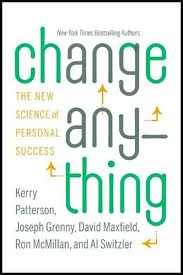 |
|
The Opposable Mind by Roger Martin, June 2011 Challenges us to make integrative rather than habitual responses to contradictory information |
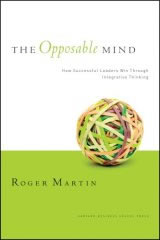 |
|
Rapt: Attention and the Focused Life by Winifred Galligher, September 2010 Describes the dual nature of our primal and evolved brain anatomy in making choices |
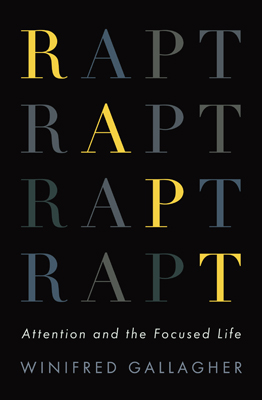 |
|
The Brain that Changes Itself by Norman Doidge, February 2010 Supports the notion that we can change behavior by changing the structure of our brain |
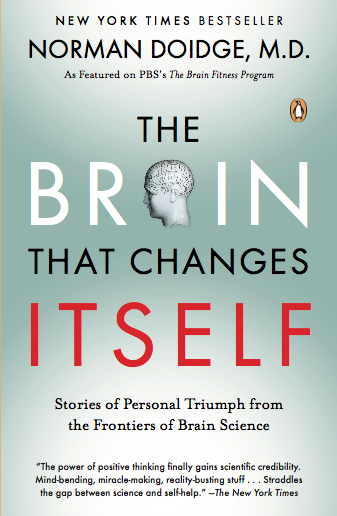 |
|
Focus by Daniel Goleman, December 2014 Makes the connection between emotions, attention, and sound decisions |
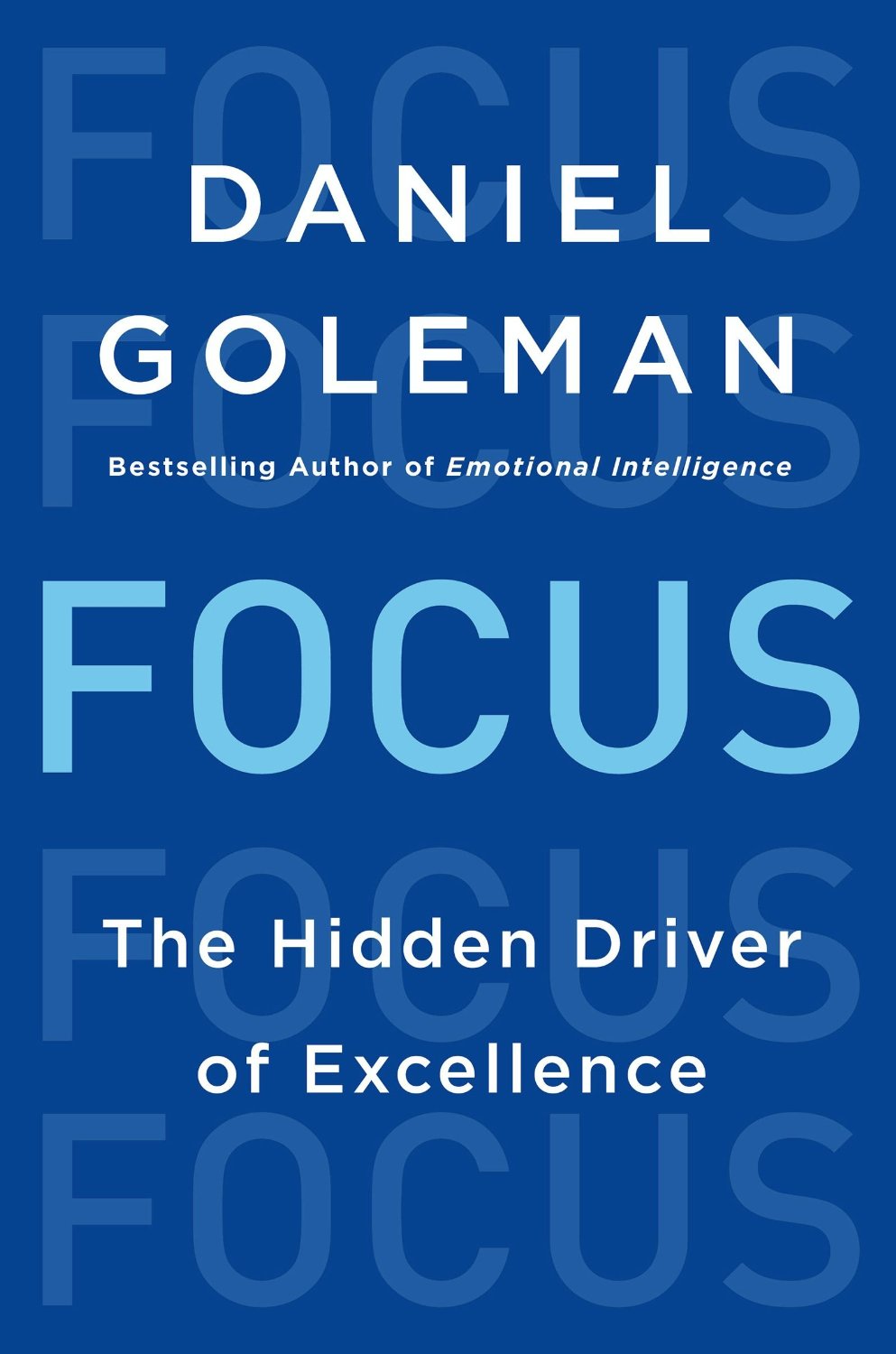 |
Discussion:
|
Whether you need a keynote speaker, or help with strategic planning, performance improvement, or training facilitators and trainers in your organization, I look forward to your call (802.257.7247) or . -- Brian |
Read previous
issues. Click Library!
To add or delete your name to our mailing list, email
with a short note in the subject line.
I want this newsletter to be practical, succinct, and thoughtful. If you have suggestions about how I can meet these criteria, please let me know! Send me an with your thoughts and ideas.
Home
| Services | Products
| Mission | Ideas
| The Group | The
Buzz
(c)
2015 The Firefly Group